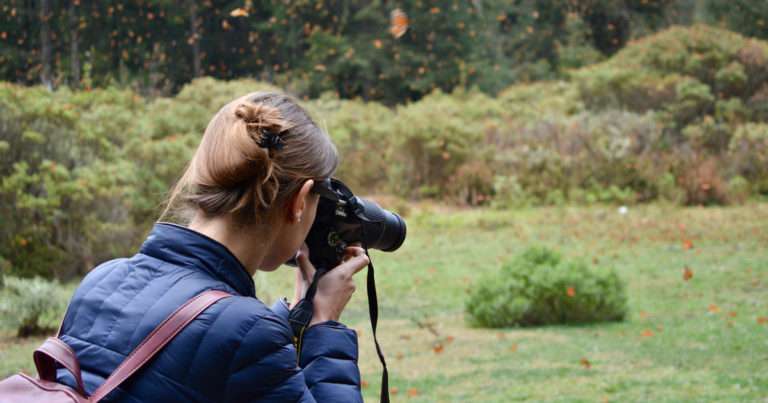
If you are considering a career in a caregiving role, understanding the courses to be a registered nurse is a good starting point for your research.
By pursuing a comprehensive nursing education, you'll gain a solid foundation in medical sciences, patient care, clinical practice, and evidence-based nursing interventions. These programs are structured to develop your critical thinking abilities, enhance problem-solving skills, and foster your capacity for compassionate, patient-centred care.
In this article, we take you through the general steps to pursue a career as a registered nurse in Australia.
Education
First formal step towards becoming a nurse is applying and enrolling in a program to study nursing. A Bachelor of Nursing degree, which will most likely take three to four years to finish, will give you a solid foundation and qualification to be certified and licensed as a nurse.
Diploma programs are a great option if you are looking for something that will require less time to finish but it will also offer less advancement and career opportunities for you. Check out all the courses to be a registered nurse that are available to you.
Accreditation
Make sure that the program and institution you choose is accredited and approved by the Nursing and Midwifery Board of Australia (NMBA).
Just picture it, a bachelors degree combines theory and practical clinical experience to give you the important skills needed in working in emergency departments, operating theatres, hospices and other care and treatment facilities in a span of three to four years. You don't want your effort and time completely gone to waste just because of accreditation issues.
English Language Proficiency
English proficiency is a crucial requirement in becoming a registered nurse. The Australian Nursing and Midwifery Accreditation Council (ANMAC) has set English proficiency standards for all applicants for accredited nursing and midwifery programs.
Before being considered for admission to a Bachelor of Nursing program, you must complete a declaration confirming that they satisfy one of the following ANMAC assessment pathways:
- English is your primary language - You have satisfactorily completed at least six years of primary and secondary education (including at least two years between years 7 and 12) in Australia, New Zealand, Republic of Ireland, South Africa, United Kingdom, Canada, or United States of America; OR
- English is NOT your primary language – you have undertaken an accepted English Language Proficiency test not more than two years before taking up the degree for which you are applying; OR
- You are an enrolled or registered nurse with current AHPRA registration - English language requirements will have been demonstrated already as part of your requirements as an enrolled or registered nurse
Accepted Proficiency Tests and Scores
If you fall under category 2 and 3, you will have to keep and show evidence of completion of either the following accepted tests:
- IELTS (academic module) with a minimum overall score of 7 and a minimum score of 7 in each of the four components (listening, reading, writing and speaking)
- OET with a minimum score of B in each of the four components (listening, reading, writing and speaking)
Clinical Placements
As part of your training and education to become a nurse, you will be learning from experienced clinical instructors, use state-of-the-art technology and, hopefully, complete hundreds of hours (800 hours for bachelors, 400 hours for associates) of actual duty placements across different clinical settings.
These placements shall be documented and to be provided as proof of skills and cases acquired in order for you to qualify for graduation and registration in the near future.
Registration for courses to be a registered nurse
Once you complete your course, you need to apply to the AHPRA to practice as a registered nurse. You’ll need to renew this registration annually.
This is a process that you have to bear with as a new AHPRA registration applicant in order to help you and the profession ensure that quality care and standards are being maintained:
- All new applicants need to submit their information at AHPRA's online self-check
- Upload to submit all your identity, qualification documents duly attested as per AHPRA guidelines
- Pass the OSCE, which is a practical examination
- Pay the registration fees
As surreal as it may feel, after accomplishing these steps, you are already a registered nurse and officially in the position of providing care, comfort, and quality of life to both sick and healthy people.
Continuing Professional Development
Registered nurses will be required to participate in continuing professional development (CPD) activities to maintain registration. This is to sharpen your skills as a nurse and reinforce your professional discipline in continuous learning through relevant courses, nursing communication, conferences, workshops, and updates with the latest advancements in nursing.
The NMBA's terms and minimum requirements for CPD for enrolled and registered nurses are the following:
- Participation in a minimum of 20 hours of CPD every year
- One hour of active learning will qualify as one hour of CPD. It is your responsibility to calculate how many hours of active learning have taken place
- The CPD must be relevant to the your area of practice
- You must keep written documentation of CPD that provides proof of completion of the required minimum of 20 hours of CPD per year
- Note: Your participation in mandatory skills acquisition may be counted as CPD if indicated













